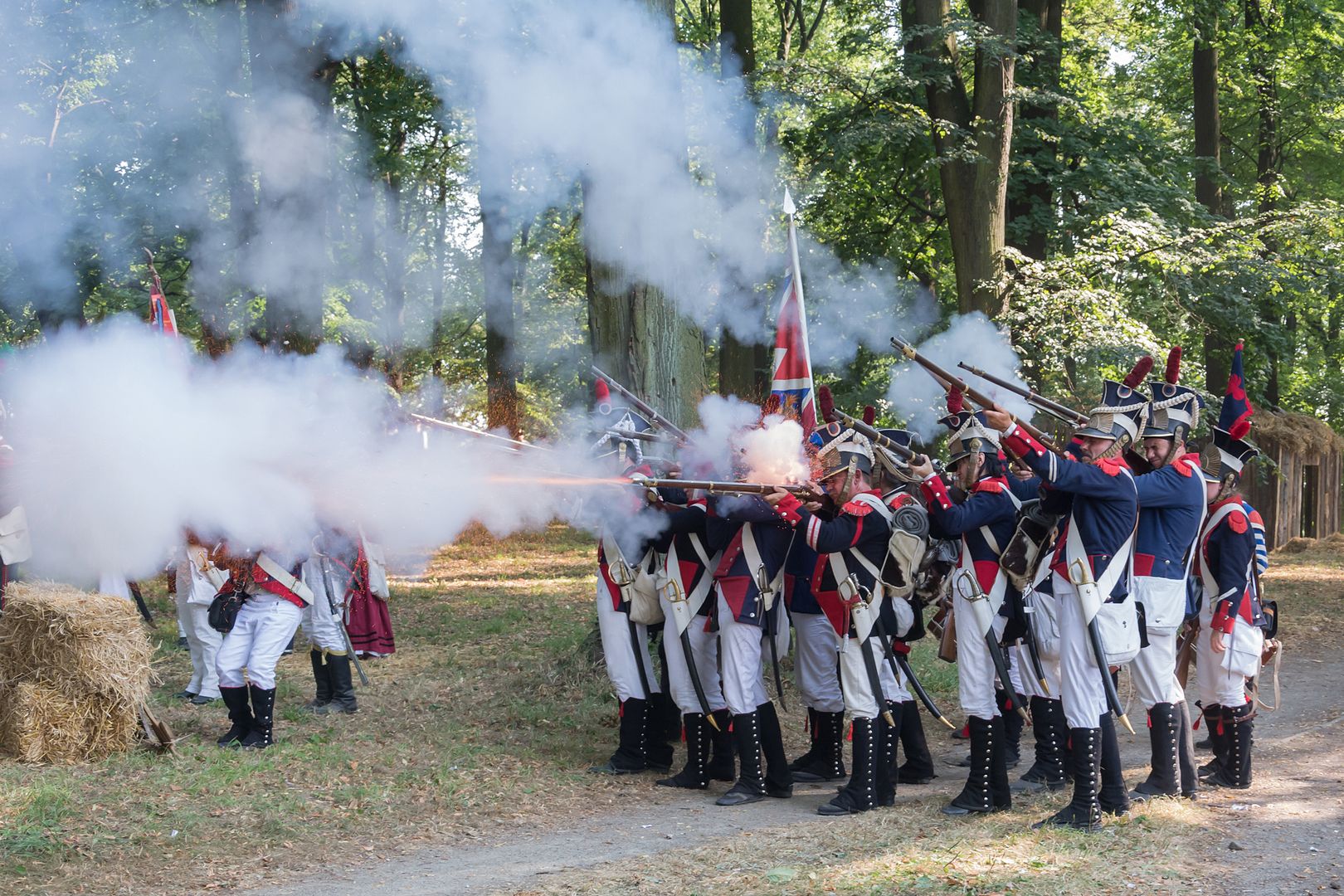Kłodzko Fortress
8.22

Overview
Kłodzko Fortress, situated on Fortress Mountain in Kłodzko, boasts a rich and complex history dating back to the 12th century, when it was mentioned by the Czech chronicler Cosmas. Originally a wooden defensive structure, it was captured and burned in 1114 by the Czech Prince Soběslav. In the following years, the stronghold was rebuilt in a more durable form and gradually transformed into a fortified castle, serving as the residence of the Silesian Piasts. During the reign of George of Poděbrady, the castle became a comfortable residence with a chapel and a church, equipped with numerous wells. In the 16th century, the fortress was expanded, and in the 17th century, under the Habsburgs, the old fortress was transformed into a modern defensive system with bastions. In the 18th century, the fortress was significantly strengthened under the rule of Frederick II, enhancing its defensive character. During the Napoleonic Wars, the fortress played a key role in the defense of Silesia, but after 1807, it was not surrendered as a result of the Peace of Tilsit. After the wars, the fortress served as a prison, including for participants of the January Uprising and political prisoners during World War II. After the war, the fortress lost its military significance, and in 1960, it was declared a historical monument and opened to tourists. Today, visitors can admire preserved architectural elements, participate in cultural events such as historical reenactments, and explore underground tunnels and historical paths. Kłodzko Fortress has undergone restoration, and its history continues to fascinate tourists and researchers, making it a place of importance not only for its architectural value but also for the culture and history of the region. An interesting fact is that in 2022, a network of 18th-century counter-mining tunnels was discovered, enriching the knowledge about this extraordinary site.
Location
2025 Wizytor | All Rights Reserved